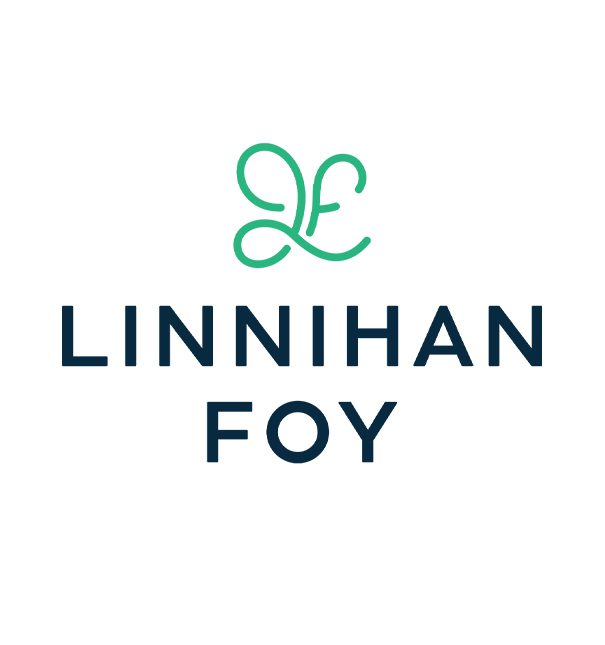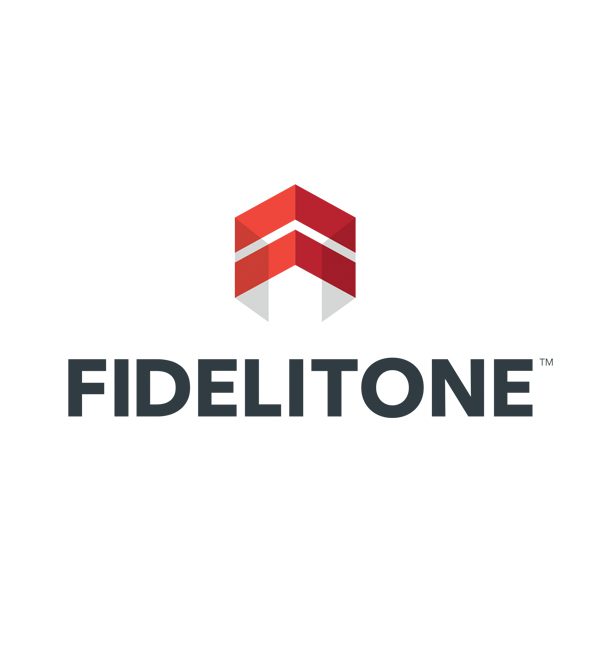Longevity is one of the most defining shifts of our time. Americans are living longer, healthier lives than ever before, and that reality is reshaping how family-owned and closely held businesses must approach succession planning, leadership, and financial planning for home furnishings retailers, in particular, where family involvement runs deep and legacy matters. These trends are especially important.
The Numbers Behind Longer Lives
Recent data from the Centers for Disease Control and Prevention (CDC) show that life expectancy in the U.S. has rebounded to 78.4 years after pandemic-related declines. Death rates have also improved: the age-adjusted death rate fell by over 6% in 2023 compared to the year before.
The leading causes of death remain heart disease and cancer, but other factors are reshaping the landscape:
- Unintentional injuries (accidents, drug overdoses, falls) are now the third leading cause of death.
- COVID-19 has dropped to the tenth leading cause, a major decline from its peak in 2020–21.
- Heat-related deaths and aging-related falls are rising, reflecting the combined effects of climate change and population aging.
What does all of this mean? Simply put, more people are living into their 80s and 90s and staying active in business and family decision-making longer.
Challenges for Family Business Succession
-
Multiple Generations in the Mix
With people living and working longer, more generations are simultaneously active in a family business. That means:
- Different work styles and values can clash (hard-driving seniors vs. balance-seeking juniors).
- Leadership transitions are delayed, frustrating younger family members eager for their turn.
- Decision-making can become more complex as more voices seek influence.
-
Governance and Eligibility
Longer lifespans mean more adult family members may want to work in—or own part of—the business. To avoid conflict, families need:
- Clear rules about who can work in the business and under what conditions.
- Shareholder agreements that define ownership rights and exit options.
- Governance structures that balance respect for senior voices with space for junior innovation.
-
Planning for Incapacity
Living longer doesn’t mean avoiding the effects of aging. Dementia, mobility decline, or chronic illness can limit an owner’s ability to lead. Businesses should have:
- Durable powers of attorney and healthcare proxies in place.
- Succession triggers that ensure smooth transitions before a crisis hits.
- Insurance and estate plans are updated to account for longer lives (many policies are phased out by age 80 or 100).
-
Financing Longer Retirements
When Social Security was designed, retirement was short. Today, retirement can last 20 years or more. That has big implications for business owners:
- Senior leaders may rely on business distributions for longer periods.
- Younger generations may have to wait into middle age before inheriting control.
- Businesses need to balance reinvestment for growth with distributions that support retirees.
-
Keeping Seniors Engaged
Stepping back doesn’t mean stepping away. Many senior leaders want meaningful roles after handing off daily control. This could include:
- Serving on the board or advisory council.
- Acting as a mentor to rising leaders.
- Representing the business at community or industry events.
The “Sandwich Generation” Squeeze
One of the growing realities in 2025 is the rise of the sandwich generation: leaders in their 50s and 60s who are still answering to aging parents while also facing pressure from adult children eager for leadership. Without thoughtful succession planning, this middle generation can feel trapped, delaying innovation and fueling family tension.
The Silver Lining
Longer lives aren’t just a challenge—they’re also an opportunity. With more time, families can:
- Learn from the wisdom and experience of the senior generations.
- Build deeper connections across three or even four generations.
- Extend the planning horizon, giving more space to recover from setbacks and invest in sustainable growth.
For family-owned home furnishings stores, this means more time to professionalize the business, embrace new retail models, and prepare the next generation for lasting success.
Conclusion
Living longer means planning differently. Succession isn’t a single event; it’s a long process that should evolve alongside shifting demographics, health realities, and financial needs. A family business that embraces proactive governance, flexible succession strategies, and intergenerational collaboration will survive longer lifespans and thrive because of them.













